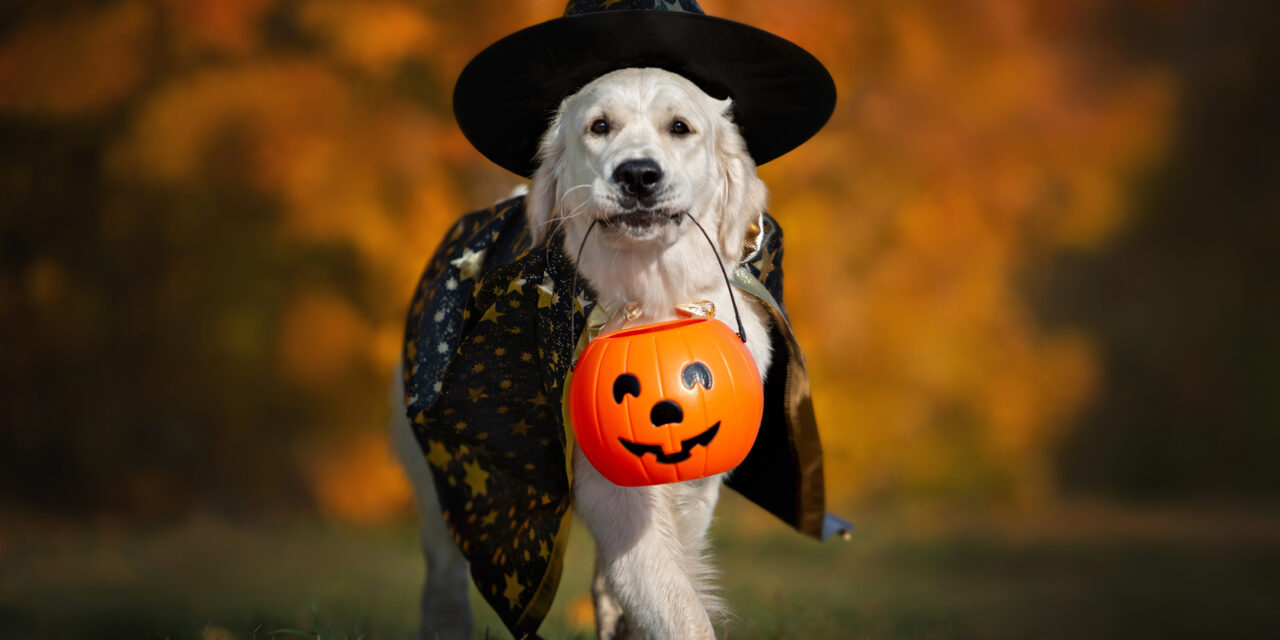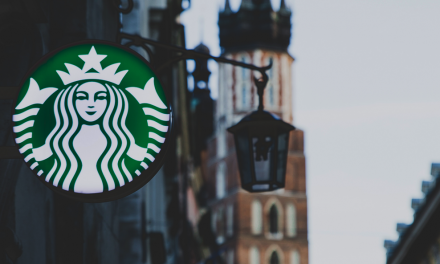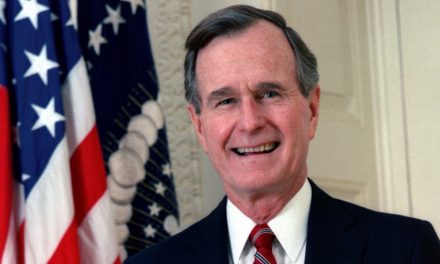After a significant pullback in the wake of COVID, Halloween spending has been roaring on, and is now expected to top $12.2 billion by month’s end.
During the fall of 2020 when many schools were shut down and social distancing was being heavily promoted, consumers shelled out a mere $8 billion on candy, costumes, and various decorations. For perspective, “way back” in 1997, that figure stood at $2.5 billion.
Here in Colorado Springs, there are six giant (temporary) Halloween-themed stores open this month. Two of them are within two miles of each other, with one of them occupying a shuttered and bankrupt “Bed, Bath & Beyond” store.
With roots in Europe, newly arriving immigrants brought the “All Hallows’ Eve” holiday to America in the mid 1800s, primarily via Ireland. Customs included pranks (tipping over outhouses) and later trick-or-treating. Like many things, it’s evolved – and often not for the better.
We’ve all seen ghoulish and downright evil-looking decorations around our neighborhoods. Over the years, there’s been a cob-web covered house a few miles from where we live with mannequins hanging from the porch rafters. But wait – there’s more. A beat-up old car is parked in the driveway, a blood-splattered mannequin hanging out its window. The last piece of the gory display is a knocked over baby carriage, made to look like it was hit by the car, complete with a dead, bloodied “child” slumped on its side.
Just the other day, our youngest son was startled as we turned the corner of an aisle in Costco and encountered an oversized, moving skeleton.
And they call this entertainment? I call it sick.
To be fair, Halloween means different things to different people. Given its dark side and pagan origins, many Christians object to the holiday altogether. Others choose to embrace its more innocent traditions like pumpkin carving, dressing up in innocent costumes, and going trick-or-treating in their neighborhoods.
But what accounts for this tremendous upsurge in apparent affinity for the controversial holiday?
It seems likely that much of it can be attributed to adults either longing for their childhood – or others hungry to add interest or fun (or both) to a seemingly mundane existence. You also can’t discount the influence of Hollywood, which has glamorized and even normalized the macabre and the wicked.
Horror movies continue to generate hundreds of millions of dollars for studios. It seems some people will pay to be scared – and some of those same folks seem to enjoy scaring others, such as the Colorado Springs residents who annually turn their house into a crime scene.
Plugged In’s Paul Asay had an interesting take on the evolution of the horror movie genre:
“In the 1920s and 30s, science and technology were radically transforming the world,” he wrote. “Some believed that science, not faith, held all the answers. Frankenstein, made in 1931, reminded us to not turn science into a god itself. Early movies built around Bram Stoker’s classic novel Dracula (including 1922’s Nosferatu) reminded us of realities—and evils—that science often underplayed and has no ability to combat. Godzilla was originally a cautionary tale against nuclear power and war (something that its creators in Japan had tragically some experience with). The Invasion of the Body Snatchers, made in 1956, is seen as a Cold War Metaphor — the ‘body snatchers’ being stand-ins for the soul-sucking communist threat.”
To be sure, the current crop of slasher and dark films and shows doesn’t seem interested in teaching lessons. Instead, they’re serving up dangerous storylines that inevitably plant seeds in unwell or highly impressionable people.
When it comes to Halloween and their children, Christians parents will make their decision how best to navigate or ignore the tradition. In the end, though, what should worry us all are not the pumpkins and too many Payday bars and peanut M&M’s, but culture’s escalating fascination with evil and wickedness.
Image from Shutterstock.






